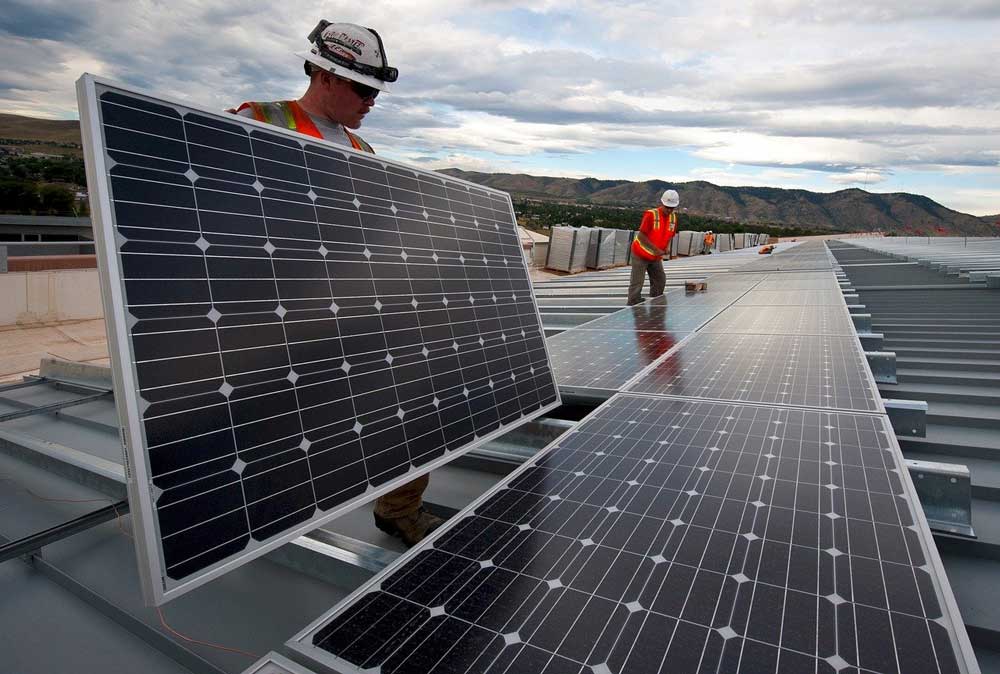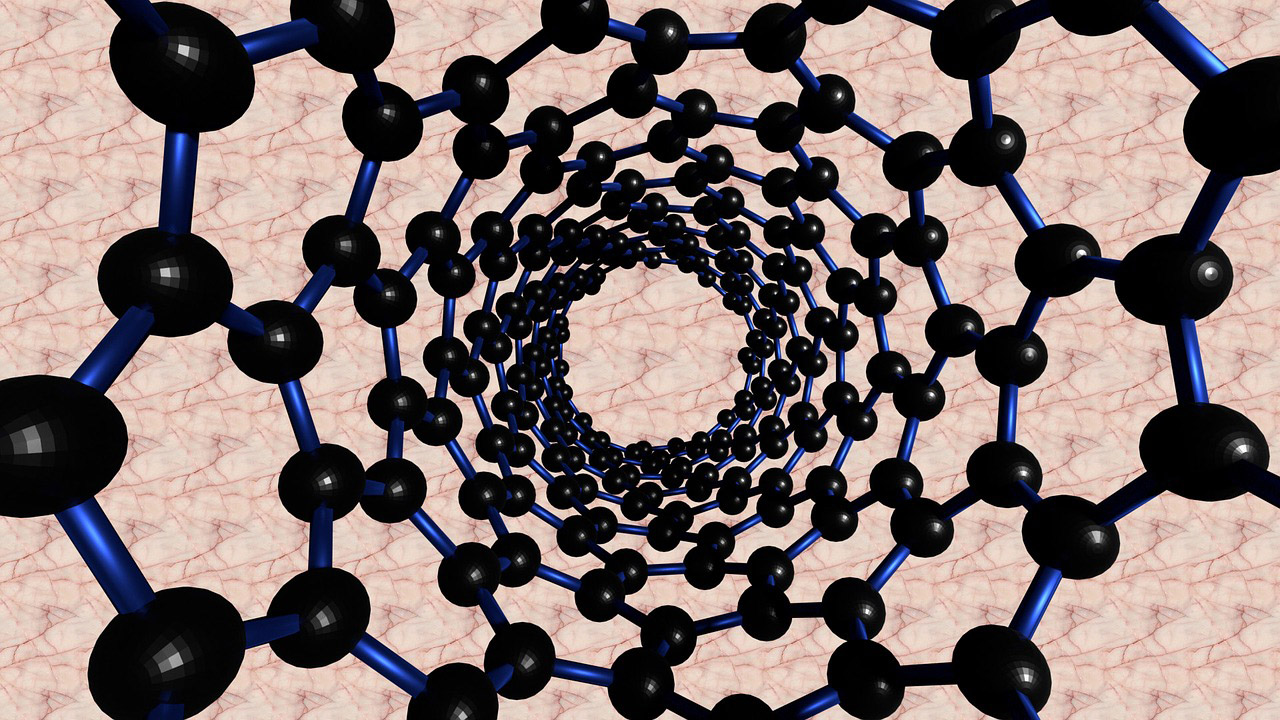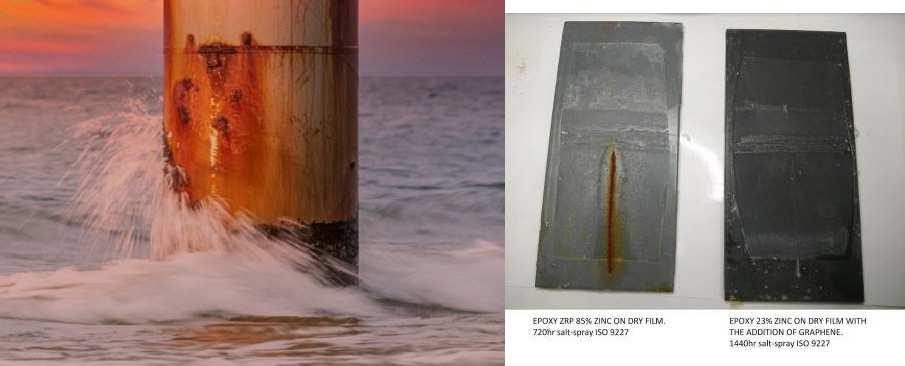Graphene Solar Panels: The Next Level Solar Cells
Let’s be honest, people are now leaning into solar panels. Not only because they are environmentally friendly, but also because when you look at the long haul, they come out cheaper! However, today’s solar panels are only at their best during days with strong sunlight. Their performance starts to wane during cloudy, stormy and rainy days. This may seem like a factor we can overlook now but in the long run, we will definitely see and feel the slowed-down performance’s effect. However, a recent development in graphene-based solar panels could possibly change the game. Graphene in solar panels allows the solar panels to work even during the toughest weather.
Researchers from the Ocean University of China, claims that graphene-based solar cells could draw out energy from raindrops that fall on to the panel by sucking the minimal amount of salt in the liquid.
The graphene layers that build the solar panel should be able to determine the positively charged ions in the rainwater, this also includes sodium, calcium, and ammonium. These positively charged ions stick to graphene’s super thin layer (also commonly known as a pseudocapacitor) with the electrons that are already there. The potential energy and electricity trapped between the two thin sheets is what regulates the electrical current.
Dye-Sensitized Solar Cell
Researchers and scientists have examined and tested a model or sample by practicing on slightly salted water to mimic rain and a thin film-like photovoltaic cell that is known as “dye-sensitized solar cell”.
The researchers and scientists altered the cell by adding a sheet of graphene and topping it on a transparent backing consisting of indium tin oxide and plastic. This dual-function solar cell idea could be adopted to provide electricity from both the man0-made rainwater and natural sunlight.
Graphene as an element is both durable and agile. It can also keep electricity better than graphite. Graphene has been developed as a non-reflective coating for solar cells, so the application of graphene to solar panels is not new news.
Since scientists and researchers are stretching graphene’s performance to actively collecting energy from rainwater, they were able to produce hundreds of microvolts from the water and reach 6.53 percent solar to electricity ratio efficiency from the solar panel.
Conclusion
Even if these developments are remarkable, there is still so much work to be done in order for this concept to reach commercial levels. One specific issue is the comparatively low concentrations of ions in rainwater which causes the technology to have a hard time producing energy and electricity. Researchers and scientists are working on developing the technology to be able to manage different kinds of rainwater with different ion combinations.
Nonetheless, the researchers and scientists hope that their developments and discoveries can be used as a jump board for future solar cell innovations and alternative electricity and energy gathering abilities of solar panels. For instance, it may be plausible to produce solar cells that can gather and sustain energy from circulating heat and light, to improve their performance and abilities inside.





Leave A Comment